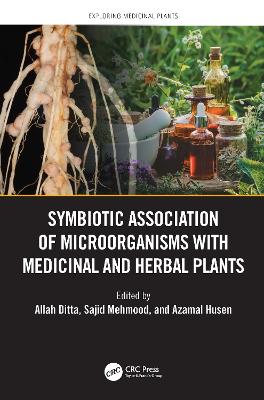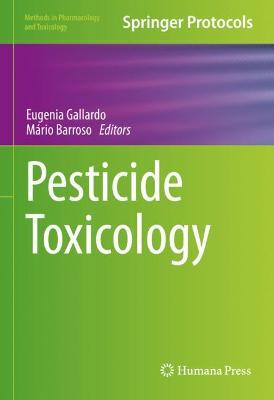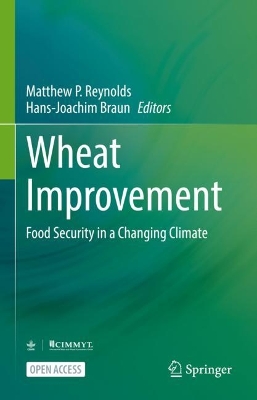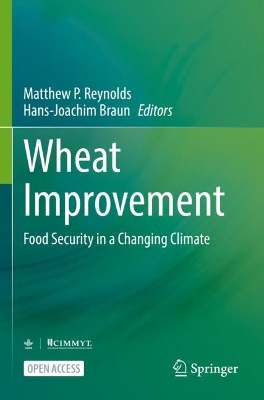Pesticide Toxicology
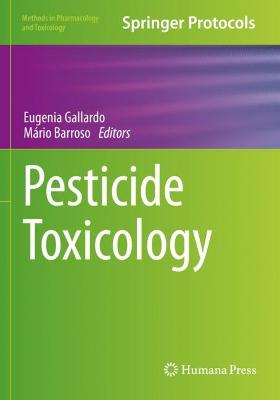 portes grátis
portes grátis
Pesticide Toxicology
Barroso, Mario; Gallardo, Eugenia
Springer-Verlag New York Inc.
11/2022
196
Mole
Inglês
9781071619308
15 a 20 dias
404
Descrição não disponível.
1- Overview.
2- Sample preparation approaches and methods to detected and quantify different classes of compounds, as well as approaches for in vivo and in vitro toxicity evaluation.
The classes of pesticides will be as follows.
*Insecticides, such as organochlorines, organophosphates and carbamates. This category also includes insect repellents such as citronella (of natural origin) and diethyltoluamide (DEET), and others.
*Herbicides or weed killers (e.g. paraquat, diquat and glyphosate, and others).
*Fungicides (when applied to wood, these are called wood preservatives).
*Rodenticides.
*Fumigants, meaning those compounds that exist either as a gas or a vapor at room temperature and may be used as insecticides, fungicides or rodenticides, especially in closed storage places. They are extremely harmful due to their physical properties, rapid environmental dissemination and human or animal absorption (examples include aluminum phosphate, cyanide and methyl bromide). *Other pesticides, including algaecides, miticides and acaricides.
?
2- Sample preparation approaches and methods to detected and quantify different classes of compounds, as well as approaches for in vivo and in vitro toxicity evaluation.
The classes of pesticides will be as follows.
*Insecticides, such as organochlorines, organophosphates and carbamates. This category also includes insect repellents such as citronella (of natural origin) and diethyltoluamide (DEET), and others.
*Herbicides or weed killers (e.g. paraquat, diquat and glyphosate, and others).
*Fungicides (when applied to wood, these are called wood preservatives).
*Rodenticides.
*Fumigants, meaning those compounds that exist either as a gas or a vapor at room temperature and may be used as insecticides, fungicides or rodenticides, especially in closed storage places. They are extremely harmful due to their physical properties, rapid environmental dissemination and human or animal absorption (examples include aluminum phosphate, cyanide and methyl bromide). *Other pesticides, including algaecides, miticides and acaricides.
?
Este título pertence ao(s) assunto(s) indicados(s). Para ver outros títulos clique no assunto desejado.
Food contamination;Pesticide extraction;Sustainable alternatives;Human poisoning;Environmental damage;Dosing techniques;Structures identification
1- Overview.
2- Sample preparation approaches and methods to detected and quantify different classes of compounds, as well as approaches for in vivo and in vitro toxicity evaluation.
The classes of pesticides will be as follows.
*Insecticides, such as organochlorines, organophosphates and carbamates. This category also includes insect repellents such as citronella (of natural origin) and diethyltoluamide (DEET), and others.
*Herbicides or weed killers (e.g. paraquat, diquat and glyphosate, and others).
*Fungicides (when applied to wood, these are called wood preservatives).
*Rodenticides.
*Fumigants, meaning those compounds that exist either as a gas or a vapor at room temperature and may be used as insecticides, fungicides or rodenticides, especially in closed storage places. They are extremely harmful due to their physical properties, rapid environmental dissemination and human or animal absorption (examples include aluminum phosphate, cyanide and methyl bromide). *Other pesticides, including algaecides, miticides and acaricides.
?
2- Sample preparation approaches and methods to detected and quantify different classes of compounds, as well as approaches for in vivo and in vitro toxicity evaluation.
The classes of pesticides will be as follows.
*Insecticides, such as organochlorines, organophosphates and carbamates. This category also includes insect repellents such as citronella (of natural origin) and diethyltoluamide (DEET), and others.
*Herbicides or weed killers (e.g. paraquat, diquat and glyphosate, and others).
*Fungicides (when applied to wood, these are called wood preservatives).
*Rodenticides.
*Fumigants, meaning those compounds that exist either as a gas or a vapor at room temperature and may be used as insecticides, fungicides or rodenticides, especially in closed storage places. They are extremely harmful due to their physical properties, rapid environmental dissemination and human or animal absorption (examples include aluminum phosphate, cyanide and methyl bromide). *Other pesticides, including algaecides, miticides and acaricides.
?
Este título pertence ao(s) assunto(s) indicados(s). Para ver outros títulos clique no assunto desejado.

